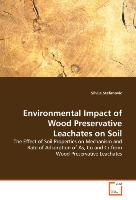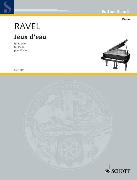- Start
- Environmental Impact of Wood Preservative Leachates on Soil
Environmental Impact of Wood Preservative Leachates on Soil
Angebote / Angebote:
Depending on the physical and chemical characteristics of soil, adsorption of inorganic components of leachates from preservative treated wood can limit movement of contaminants to other compartments (soil as a sink) and reduce their toxic effect by limiting bioavailability. Estimated adsorption maxima of Cu CCA in organic and clay soils were the same or higher than for Cu ACQ and Cu CA. The presence of preservative components in the soil decreased the yield and increased their accumulation in ryegrass. Uptake of As, Cu, and Cr in rye grass was just as well predicted by total soil content as with any of the bioavailable estimates. ACQ leachate showed higher toxicity to germination of ryegrass seeds and Daphnia magna toxicity, it had a lower effect on ryegrass growth than CCA leachate. Reaction of ACQ leachate with sandy soil components resulted in reduced toxicity to Daphnia magna. None of the contaminated soils had a measurable effect on earthworms, although there was some preservative uptake in the worms. CCA and ACQ had similar effects on soil microflora/fauna respiration. CA leachate had lower toxicity to Daphnia magna and similar toxicity to other organisms as ACQ.
Folgt in ca. 5 Arbeitstagen

